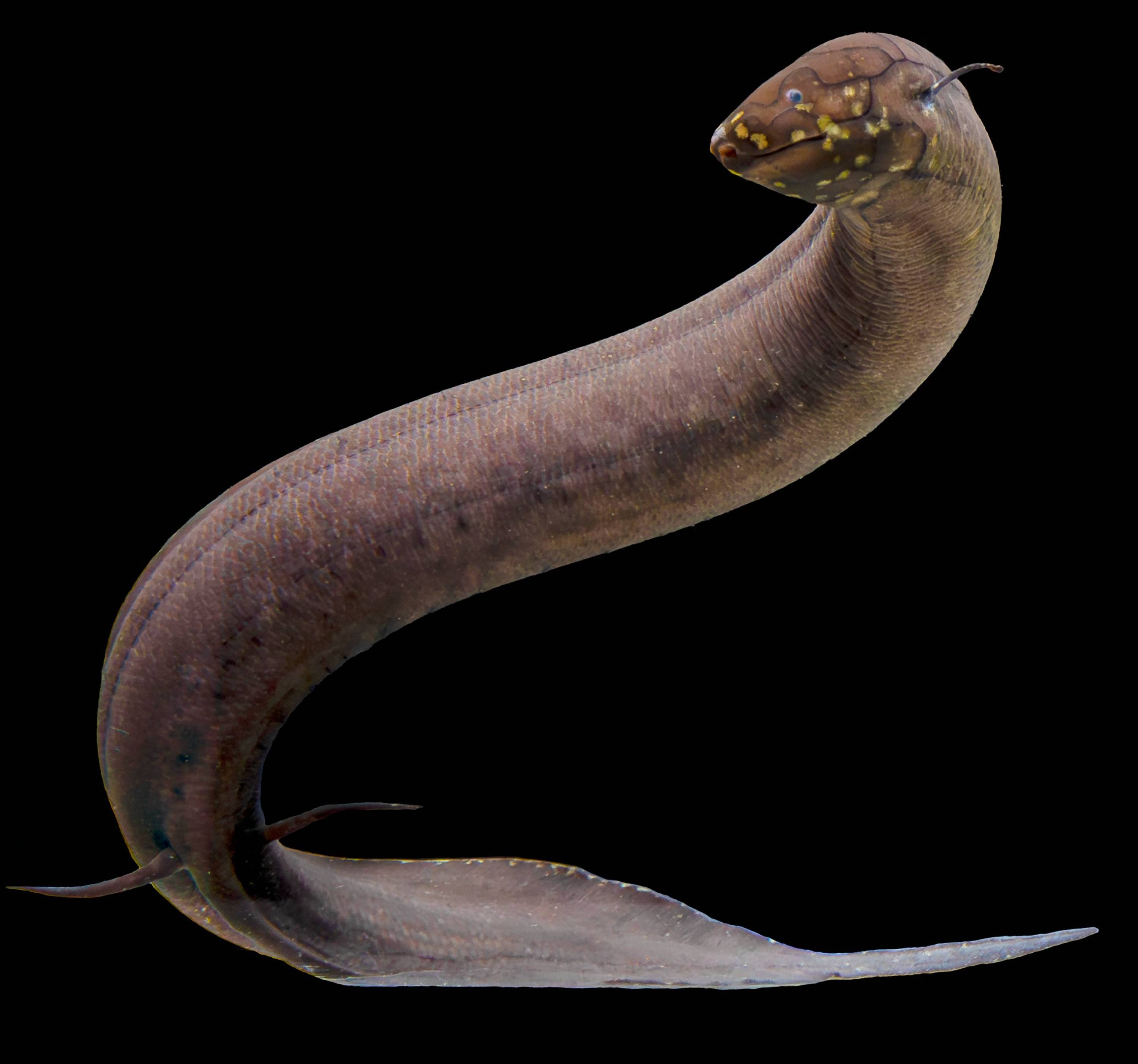LSU Researcher Decodes Lungfish Genome, Revealing Evolutionary Pathway from Fins to Limbs
August 14, 2024

LSU Department of Biological Sciences Assistant Professor Igor Schneider.
All vertebrates, including humans, share a common ancestor with fish, with lungfish being our closest living relatives. Assistant Professor Igor Schneider and a team of 25 international researchers share exciting new findings in a study published today in Nature, shedding light on how our four-legged ancestors transformed fins into limbs to conquer land.
“Only by studying the biology of the surviving lungfish lineages can we investigate the genomic basis and molecular-developmental mechanisms that facilitated the water–land transition of vertebrates,” says Schneider.
In their Nature paper, titled “The genomes of all lungfish inform on genome expansion and tetrapod evolution,” the team sequenced the complete genomes of African and South American lungfish. The South American lungfish possesses the largest animal genome ever recorded, approximately 30 times larger than the human genome. While it’s long been known that animal genomes vary dramatically in size, the reasons for this have remained largely unexplained. Schneider's research provides crucial insights into how such massive genomes are regulated and maintained.
The researchers showed that the South American lungfish immense genome has expanded rapidly over the past 100 million years, with individual chromosomes often exceeding the size of the entire human genome. They also found that the primary driver of this expansion is a proliferation of repetitive DNA sequences, which escaped the usual genetic controls that limit their growth.

South American lungfish (Lepidosiren paradoxa).
– Photo credit: Katherine Seghers.
Schneider’s research also delves into the specific genetic elements thought to be responsible for the origin of fingers and toes. By comparing the genomes of different lungfish species, the team identified a gene regulatory module crucial for digit development in humans that also plays a vital role in shaping the fin structures of lungfish. This discovery strengthens the hypothesis that human limbs evolved from fish fins.
“Our results reveal that the genetic machinery controlling expression of the Shh gene was present in the common ancestor of lungfishes and humans. We know that Shh gene and its regulatory elements, known as ZRS, play a key role in the development of human digits and we now show that it likely underlies the formation of the bony equivalent of digits in the lungfish fin,” adds Schneider.
The team is now focused on exploring the genetic basis of lungfish regeneration, comparing their genomes to those of other highly regenerative animals like salamanders. By understanding the genetic factors involved in fin regeneration, scientists may one day be able to apply this knowledge to develop new treatments for human injuries and diseases.